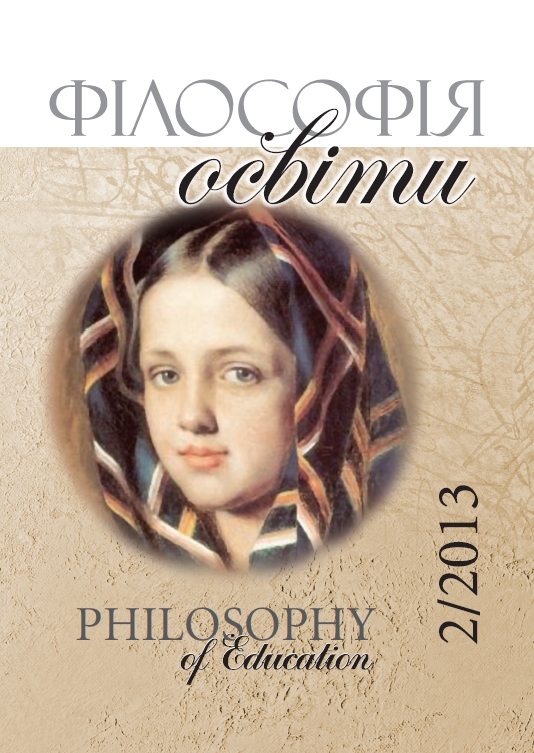Ukrainian educational and scientific institutions in Western Europe as one of the most important factors of Ukrainian diaspora identity preservation.
Keywords:
Ukrainian free university, Ukrainian economic academy, Ukrainian scientific institute, Public school of east languages, scientific institutions, T. Shevchenko Community, Ukrainian free academy of SciencesAbstract
Formation and development of educational and scientific institutions of Ukrainian diaspora in Western Europe for the purpose of identification of their influence on preservation of identity of Ukrainian community in these countries, in particular in Great Britain, Germany, France are analyzed in the article. It is found out that school and university education, and also scientific institutions gave the chance to Ukrainian community not to assimilate till this time in an alien environment. The author underlines that education and existence of scientific institutions of the Ukrainian diaspora in Western Europe became possible fi t of all due to Ukrainian intellectuals that, having come to be abroad and having lost opportunity to work for Ukraine on its territory, began to work for the benefit of the native state beyond its borders. Conditions for educational and scientific activity among the Ukrainian immigrants in Great Britain, Germany, France were different and often depended on external circumstances. One of them supported the states in which territory they located, others contained only at the expense of Ukrainians. However, despite financial difficulties and adverse conditions which the Ukrainian educational and scientific institutions in Western Europe periodically met, their role in preservation of national identity of foreign Ukrainians was great.
Downloads
-
PDF (Українська)
Downloads: 285
Published
How to Cite
Issue
Section
License
- Authors who publish with this journal agree to the following terms:
- Authors retain copyright and grant the journal right of first publication;
- Authors are able to enter into separate, additional contractual arrangements for the non-exclusive distribution of the journal's published version of the work (e.g., post it to an institutional repository or publish it in a book), with an acknowledgement of its initial publication in this journal.





